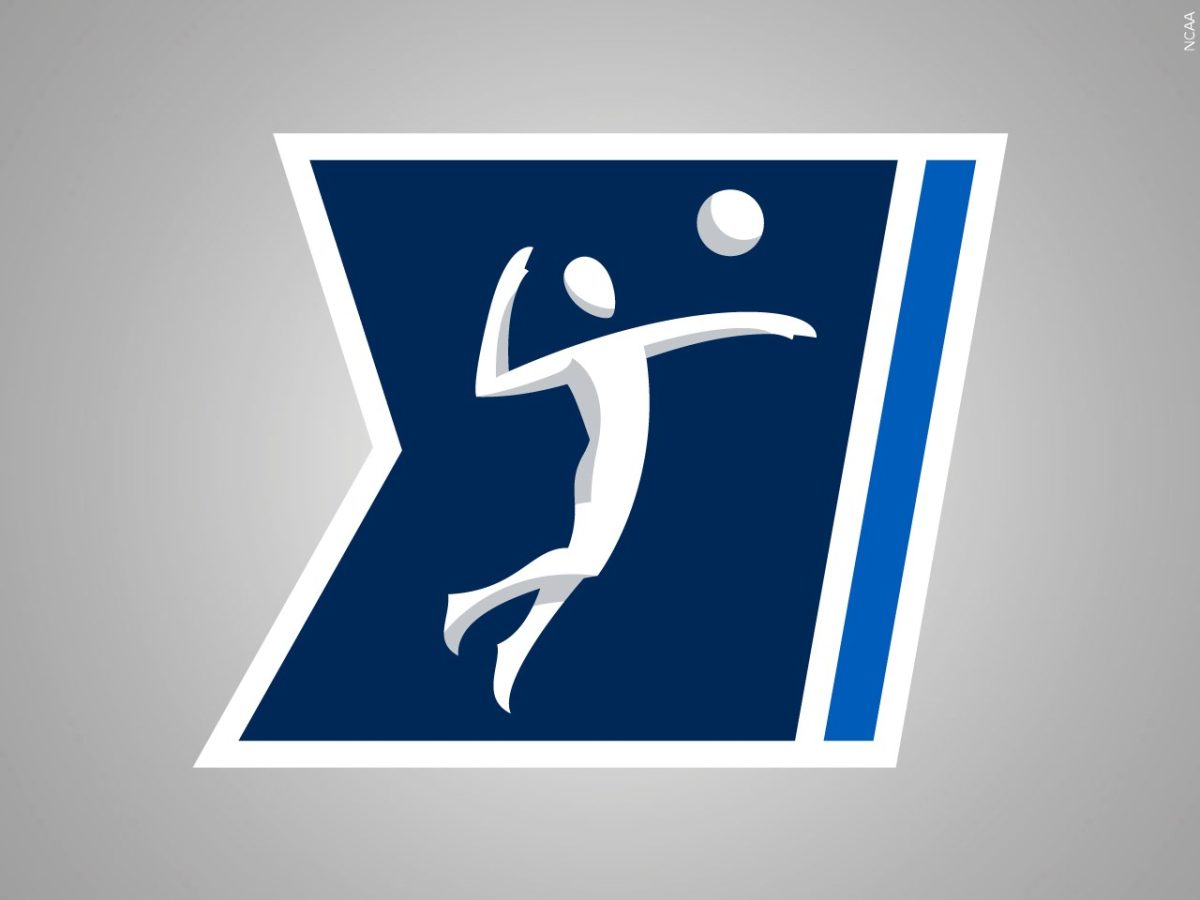On Tuesday, Feb. 20, the NCAA introduced new rule changes for the 2024 women’s volleyball season. One of the biggest rule changes includes that players can contact the ball more than once with any part of their body in a single attempt on a team’s second contact when the ball is played to a teammate. There are a few smaller rule changes too.
According to the NCAA, referees are now able to issue red cards to the home team in instances where spectators get too close to the playing area, and the home team does not resolve the issue. Interferences above the net are now challengeable by looking back at video reviews.
If there are any problems and protests against referees, then decisions must be resolved during the match. They are also allowing small, tight-fitting ear cuffs and nose rings to be worn during matches.
The last two new rules have arguably caused the most debate among players. For every volleyball team, they are now allowed to have two liberos for each set of the match. During the game, only one libero would be allowed on the court, and they would only be allowed to serve in one position.
Women’s volleyball players can contact the ball more than once with any part of their body before the third touch of the rally, meaning the ball has to be played to a teammate and cannot be played over the net. This new rule has caused a lot of problems among women’s volleyball players.
“A double contact in volleyball essentially means touching the ball at two different times within one motion when making a play on the ball,” said Riese Johnson, a sophomore setter. “It is usually called when a player is setting, and the set comes out of their hands spinning more than when it entered their hands, which is not a ‘clean’ set.”
This rule mainly affects the setter’s position. The setters have practiced their whole career to set without double-contacting the ball, and now, it seems their work has been put to waste.
“I played all four years at GCSU as a setter, and selfishly, the double rule upsets me slightly,” said Emily Long, GC’s assistant volleyball coach. “There is such an art to setting, and I feel that taking away double-contact calls demotes the position.”
Long does not seem too worried about these changes, though.
“The rule change will not change the positions of our players,” Long said. “Even though doubles are now allowed, there is still an art to the setter position not everyone can master.”
For the upcoming season, there does not seem to be much worry for the team.
“I personally do not think either new rule will have a huge effect on our team specifically,” Johnson said. “For the double-contact rule, we have setters on our team that have been trained to have clean hands.”
There also still seems to be confidence in the upcoming seasons and with recruiting next year’s team.
“Recruiting will most likely stay the same,” Long said. “Again, there are still fundamental skills of setting that are very unique and different from any other position on the court. Setters will still have to learn footwork, angles, tempo, location and playsets, all while analyzing defenses and blockers on the opposing side.”
Although there have been several changes made in the rules of NCAA women’s volleyball, these rules are here to ultimately elevate the quality of play and improve and challenge the players.


